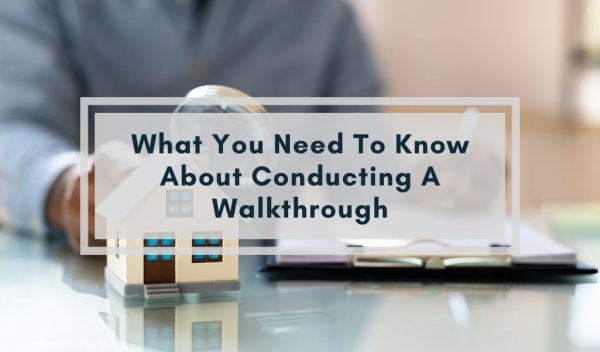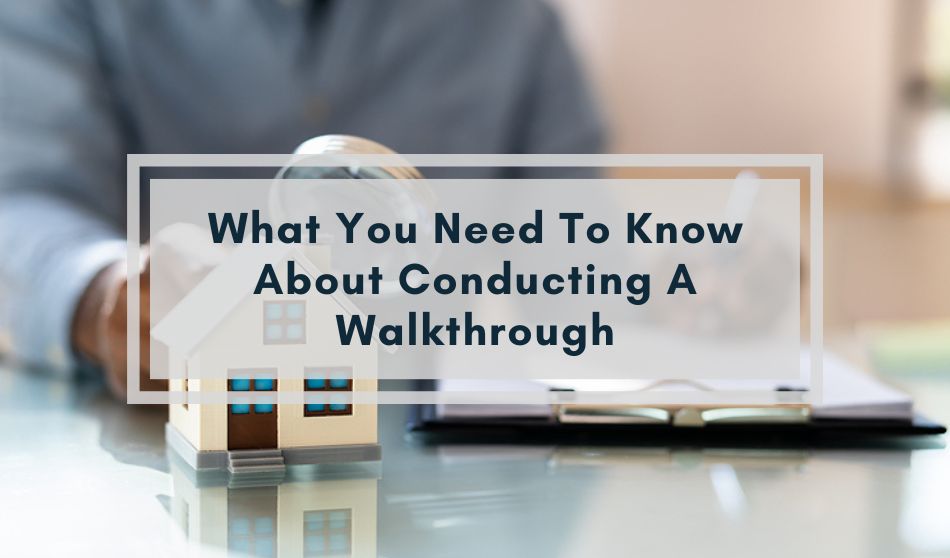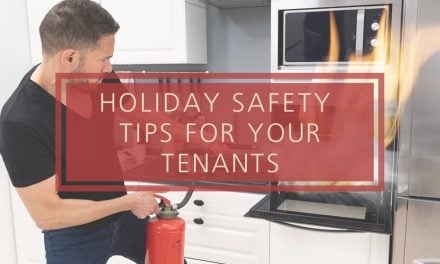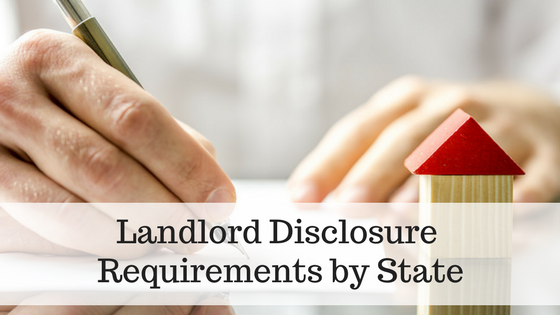
As a landlord, you want to protect your properties as best as you can, and do everything in your power to make sure your tenants do the same. Conducting a thorough walkthrough together with your tenant before their lease begins and after the lease is up, will help both of you assess the property for any existing damages. With a proper inspection, you’ll be able to identify any issues, and record the current condition of the unit. This way, if there are any problems during the tenancy period, both the landlord and the tenant will know who’s responsible.
To protect yourself, your tenant, and your property it’s crucial to check everything. And often having a rental checklist can help you remember what to look out for during the walkthrough. We’ll walk you through everything you need to know about conducting one — from how to prepare, pointers, and what to include on your checklist.
Preparing To Do A Walkthrough
You’ll want to start by scheduling a time with your tenant to do the walkthrough. Once you have, here are some things you can do ahead of time to be more prepared:
Print A Checklist
Don’t rely on your tenants to bring a checklist with them. Chances are they won’t, so be prepared to print one out ahead of time. In case your tenant does bring one, it’s best to use one copy so all information remains in one place.
Perform Your Own Inspection Prior to Doing It With The Tenant
Since it’s your responsibility as a landlord to make sure the rental is habitable and functional, it’s in your best interest to inspect it in advance for any obvious safety issues or maintenance needs while it’s still vacant.
Be sure to check:
- HVAC systems
- Air conditioner
- Heaters
- All other appliances
- Taps
- The shower
- Toilets
- Door locks
- Windows
Doing a quick lookover will help you document all conditions which stand out as less-than-normal and give you time to fix anything before your tenant joins you on the walkthrough.
Simplify The Process
Make the inspection process as simple as possible. When you do, tenants are less likely to have second thoughts about renting from you. While your checklist should include all necessary items to be reviewed and double-checked, don’t intimidate your tenants by making your list excessively long. If there are portions of the checklist you can fill out before, this can save you both time and also make the process less time-consuming. Aim to keep the entire walkthrough under a half hour.
Pointers For Your Walkthrough
Inspect Every Room
To make sure the walkthrough is thorough, it’s important to inspect certain items in every room, regardless of which one you’re in. While most of these areas may suffer from normal wear and tear, it’s still important to take note of any significant issues, such as a hole in the wall from a heavy mirror that needs fixing.
Take Pictures And Videos
This can be done before your tenant joins you in the walkthrough together. It’s best to take pictures and videos of everything. With complete documentation, it acts as evidence in case a situation comes up later on.
Give Tenants Time To Assess Additional Issues
Provide a grace period for your tenants to assess the rental unit for any issues that may have been missed during the initial inspection. Allotting three days for this purpose is a reasonable amount of time. Encourage your tenants to report any issues they find and record their findings with photos or videos. By being open-minded and responsive to their concerns, you are demonstrating goodwill and fostering a positive landlord-tenant relationship.
Familiarize Yourself With State Landlord-Tenant Regulations
If you don’t already know your state’s landlord-tenant regulations, it’s time to learn them. These regulations specify the maximum deposit amount you can request, under what circumstances a landlord can withhold a portion of the security deposit, and the time frame for returning the deposit.
If there’s a dispute over the security deposit, the landlord-tenant regulations may also determine which repairs are the tenant’s responsibility and which are the landlord’s. The lease terms may also impose additional obligations.
Understanding the law and knowing when it’s appropriate to withhold the security deposit is critical. To avoid making costly mistakes, consider working with a property management company.
Insist That You And Your Tenant Sign the Walkthrough Checklist
After you feel confident you’ve both inspected the unit thoroughly, sign and date the checklist. This way, both parties are on the same page about the property’s condition upon the start of the lease and the end of it. Make sure to also give your tenant a copy of the signed checklist. This can be done by emailing it, or using a PDF scanning app on the spot, allowing you to do it immediately. Once that is done, you can hand over the keys.
What To Include On Your Walkthrough Checklist
When conducting a walkthrough of a rental property, it’s important to have a comprehensive checklist that covers all areas of the unit. A detailed checklist can also identify areas that may need upgrades or modifications. Here are some essential items to include:
- Flooring: Check for missing tiles, peeled-up corners, or broken floorboards in each room and repair them right away to prevent further damage.
- Windows: Make sure all windows open and close properly and have secure locks on them.
- Smoke Detectors: Check smoke and carbon monoxide detectors, make sure they are placed throughout the unit, and test the alarms to ensure they are working.
- Heating & Air Systems: Review the heating and air units throughout the rental property and make sure they work as they should. Double-check with a professional if unsure about anything.
- Entryway: Double-check that all stairs have properly installed railings and that all paths or outdoor areas are well-lit when needed.
- Walls: Keep tabs on the status of walls and repaint rental units between tenants to fix any scratches and keep the unit looking fresh and clean.
- Kitchen Appliances: Check that all appliances are working properly, including vents and lights.
- Doors & Locks: Double-check all doors and locks with tenants to ensure everything is working as it should.
- Light Fixtures: Turn on and off all lights to determine if each fixture is working properly.
- Plumbing: Check that the toilets flush properly and all taps operate as they should.
The Facts: Walkthroughs Matter
There’s no doubt about it. Walkthrough rental inspections are beneficial for both you as the landlord and your tenants. It gives you peace of mind that the property is well-maintained, and it makes your tenant more comfortable knowing that the condition of the rental was properly evaluated. By using our above checklist, you can set yourself up for success and ultimately protect your investment and all parties involved.






